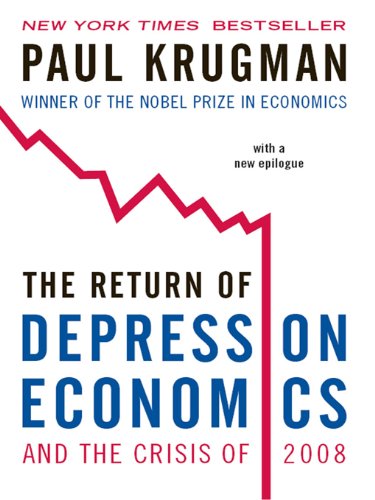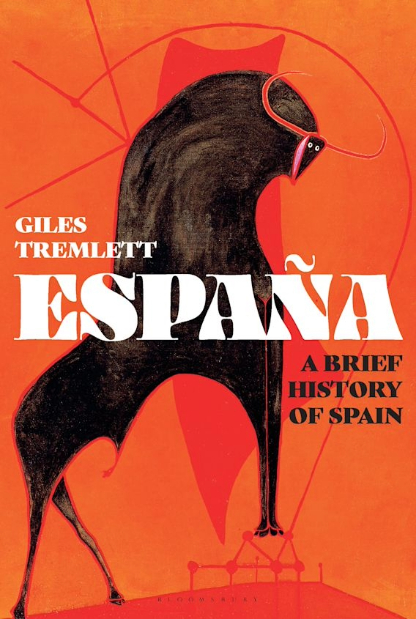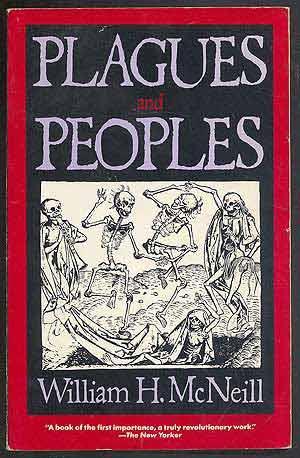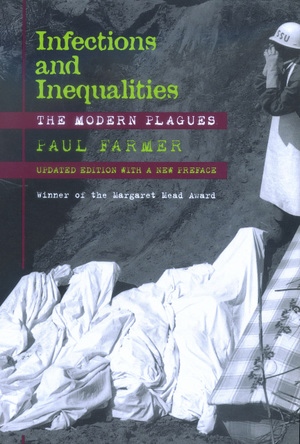Extinction: A Radical History, Ashley Dawson, OR Books / Counterpoint, 2016, pp. 126, $10.84, ISBN 978-1-944896
The non-human life that surrounds us is rapidly dying. The latest to depart was the 45 year old male white rhinoceros named Sudan. Sudan was living under constant armed guard at the Ol Pajeta Conservancy in Kenya. An infection on his back right leg had led to complications, which were untreatable at his old age.
The white rhinoceros consists of two sub-species: the southern white rhino and the northern type. Sudan was of the latter, which is much rarer. Sudan managed to survive the poaching crisis of the 1970s and 1980s, which was fueled by violent conflict that swept the region, as well as the rising demand in rhino horns in China and Yemen. He was flown to a Czech Zoo, Dvůr Králové Zoo, from which he was returned to Kenya where a newly minted critical wildlife corridor at the foot of Mount Kenya was supposed to provide him with a safe haven. His death leaves his daughter and his granddaughter to be the last remaining northern white rhinos alive. The only hope of saving the species lies in the in-vitro fertilization techniques.
The tragic life of Sudan is emblematic of the situation that all other species face, namely, imminent death. For example, in 2011 alone, twenty five thousand elephants were killed for their ivory (p. 7), with forty five thousand additional elephants killed since (ibid). The Pulitzer Prize winning author Elizabeth Kolbert outlines the terrifying magnitude of the extinction crisis we face in her superb book The Sixth Extinction, with the current one being deemed the worst one since the dinosaurs.
Dawson’s book, Extinction: A Radical History, thus appears at a critical moment in time. It is a succinct and an urgent call to prevent another catastrophe from occurring. It reads like a manifesto which aims to answer the questions: what is happening and what is to be done? Right from the beginning, Dawson situates his study in the larger field of eco-socialist studies. For him, “extinction is the product of the global attack on the commons” (p. 12) by capitalism, which requires stripping the planet of its diversity and fecundity. For Dawson, it is the nature of capitalism itself that requires the continuous destruction of the planet, which in the process also destroy its reproductive base.
In tracing the etiology of the present crisis, Dawson provides a historical synthesis of human relations with the natural world, pointing to the Neolithic Revolution as the turning point. The Neolithic Revolution allowed for the domestication of plants and animals, which in turn led to the development of agricultural systems. With the development of the latter came social hierarchies and differentiation based on the production, accumulation, and distribution of food surplus. The struggle over appropriation of the surplus colored empires, from the Sumerian to the Roman. As empires grew, they were forced to acquire more resources to support their populations, which in turn led to overexploitation and eventual depletion of resources. Thus, the first ecocides in pre-modern history.
Over time, narratives were constructed around using nature for purely anthropocentric purposes; process abetted by colonialism. Colonialism played an important role in historical extinctions, as historians such as Alfred W. Crosby have shown. Dawson aptly states that “it is only with the expansion of Europe and the development of modern capitalism that ecocide has taken on a truly global extent” (p. 40-41). The Europeans did not only subjugate people but their lands as well, to the economic processes dictated by the emerging capitalist world-economy. Cultural relations with nature arrived on ships, as well. The Europeans viewed the nature as ‘passive’, ‘virgin’ – something to be used, molded and exploited and ultimately ‘improved’, in the words of John Locke. This viewpoint, underpinned by Cartesian mechanism, pits natural processes as separate from human relations.
Thus with the consolidation of capitalism came the increased environmental destruction. For Dawson, capitalism is necessarily ecocidal and therefore looking for potential solutions within the framework of capitalism is the ultimate folly. Dawson rightly states that the “dramatic collapse of global ecosystems…has unleashed a fresh round of accumulation, obscured by upbeat language about investment opportunities opened up by the green economy” (p. 61).
What then is to be done?
Dawson examines the current anti-extinction narratives that center around rewilding and de-extinction and finds them lacking. Rewilding, advocated by the Guardian environmental journalist George Monbiot in his book Feral, promises to restore the wilderness ecosystems. Rewilding hopes to go beyond the current conservation strategies that seek to preserve and prevent a downward spiral by striving for a reinvigorated and hopeful future. In effect, rewilding hopes to reverse the ecological time. De-extinction pushes the reversal of ecological time further backward by hoping to reintroduce the once extinct species back into the current environment. “The fundamental problem with de-extinction”, according to Dawson, “is that it relies on the thoroughgoing manipulation and commodification of nature, and as such dovetails with biocapitalism” (p. 77). As such, de-extinction becomes part and parcel of the ongoing systemic destruction on nature. De-extinction in effect hopes to reintroduce the extinct species only for them to become extinct once more.
It is therefore clear that solutions are to be found in the radical transformation of the economic and social relationships that make extinction possible in the first place. Dawson calls this “radical conservation”, which is situated in the struggles for environmental and social justice and against oppression and capitalism. Radical conservation is thus an anti-systemic movement that builds on struggles for degrowth, anti-extractivism, and funded by a tax on financial transactions. The section on the potential solutions suffers from the brevity of the book. Indeed, it is the least developed section in the book and the reader is left wanting to be offered more than a rallying cry.
Extinction can be read as a synthesis of eco-socialist literature. The book revolves around the contradictions of capitalism as developed by the first generation eco-socialists such as James O’Connor, whose ‘second contradiction of capitalism’ is essentially what Dawson argued throughout the book – capitalism undermines its own base of reproduction. John Bellamy Foster’s analysis of capital’s continuous expansion and strategies of accumulation find a place in the book as well. Alfred W. Crosby’s Ecological Imperialism colors the second section on imperialism. Indeed, looking at the endnotes, one finds David Harvey, Dipesh Chakrabarty, Ranajit Guha, Juan Martinez-Alier, Joel Kovel and Frederic Jameson. Vandana Shiva features prominently as well. The book does not offer any new or fresh take on the relationship between capitalism and the environment, rather it firmly posits the author in the camp of the radicals, whose thought is neatly presented.
Overall, Extinction is a useful synthesis, charged with political urgency that could offer a useful introduction to the topic of capitalism and the environment. In writing such a book, Dawson succeeds in accomplishing what he set out to do from the beginning; to create a book “intended as a primer on extinction for activists, scientists, and cultural studies scholars, as well as for the general public” (p. 14).




